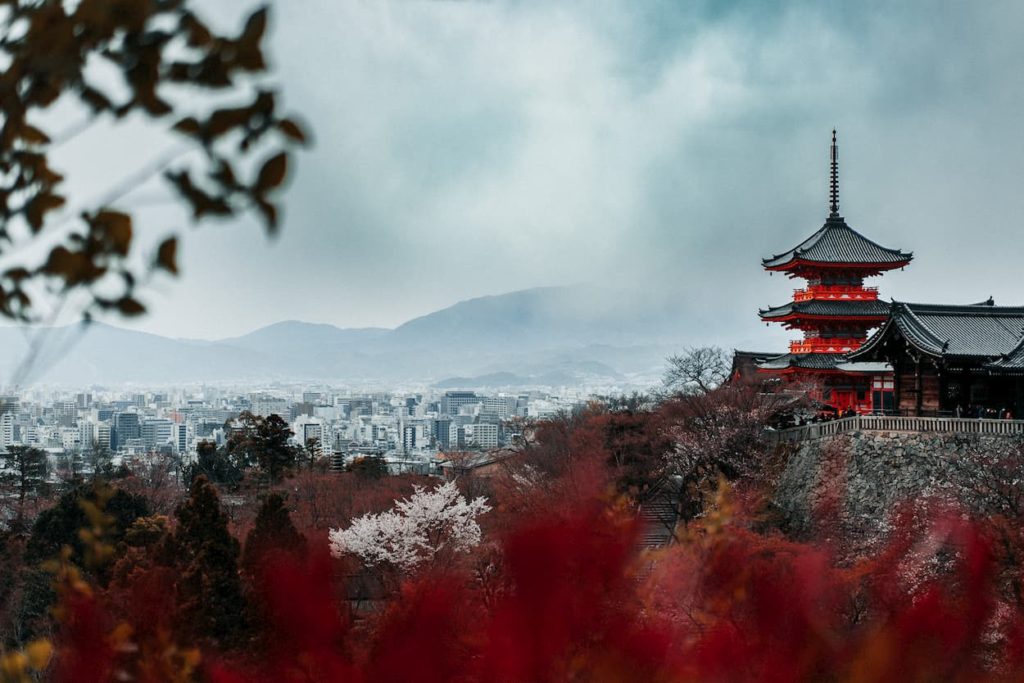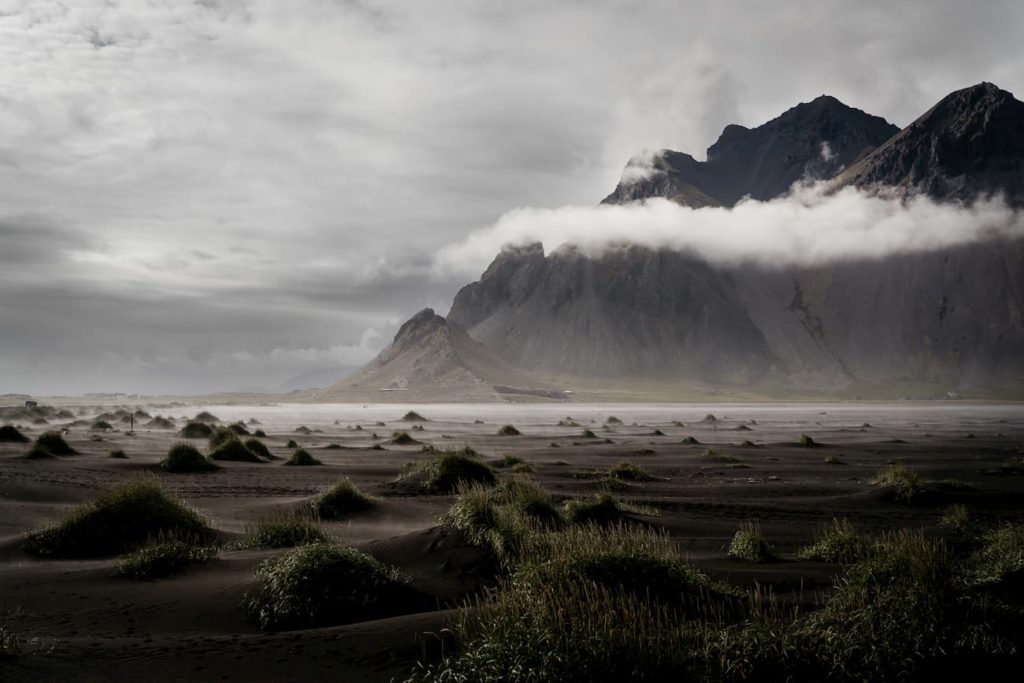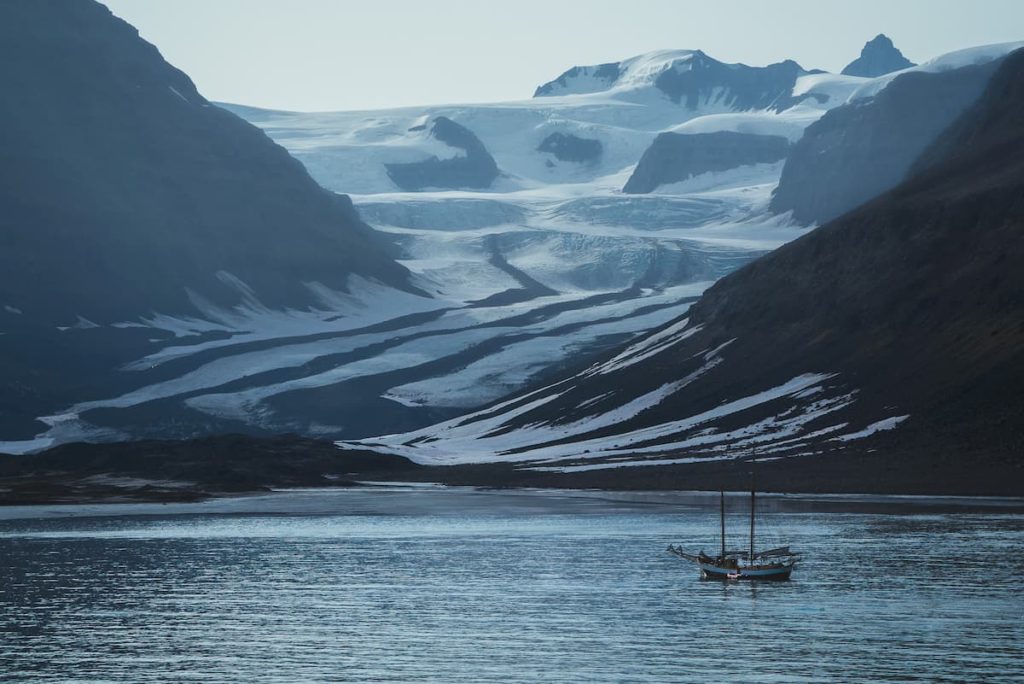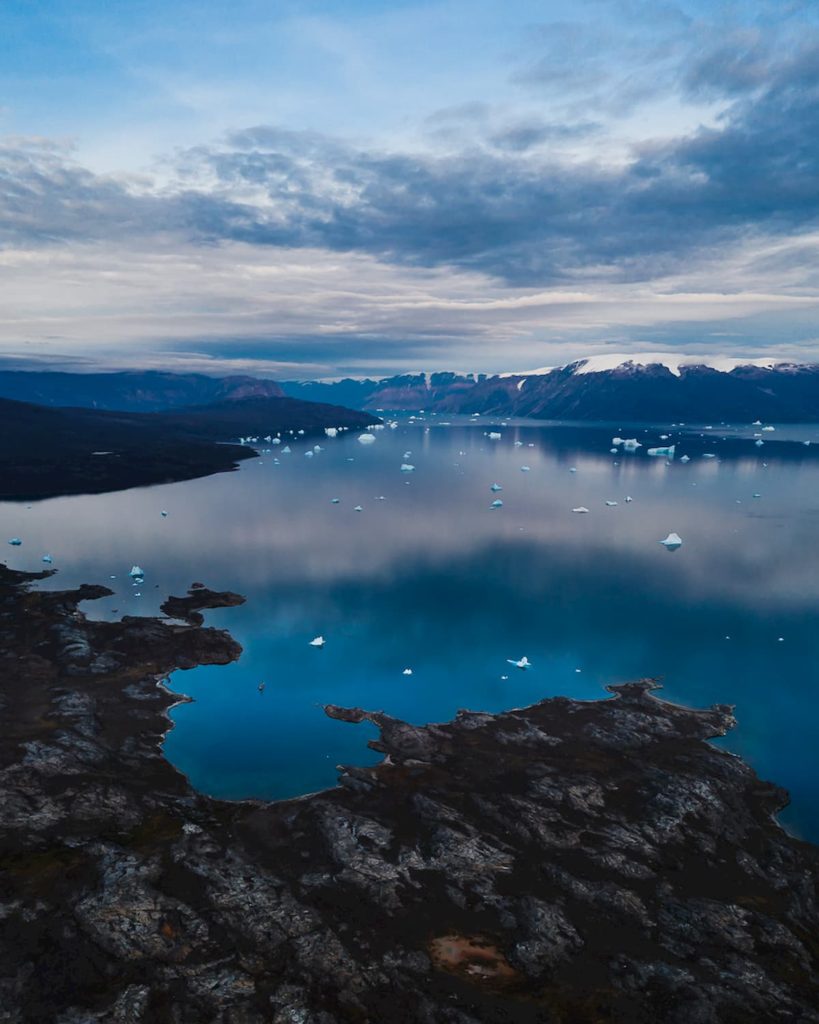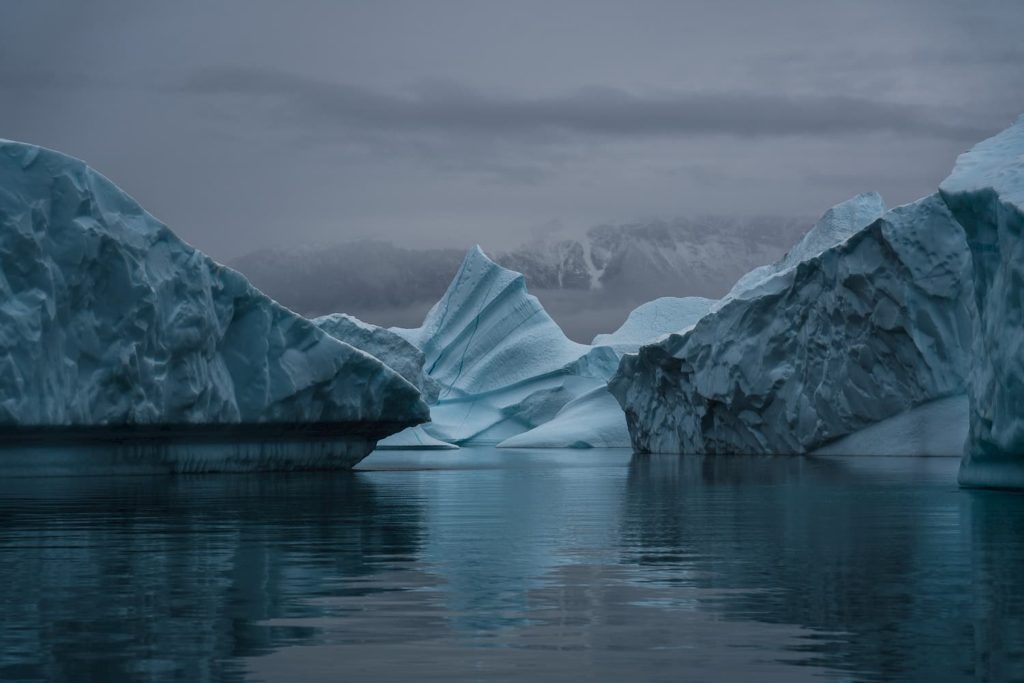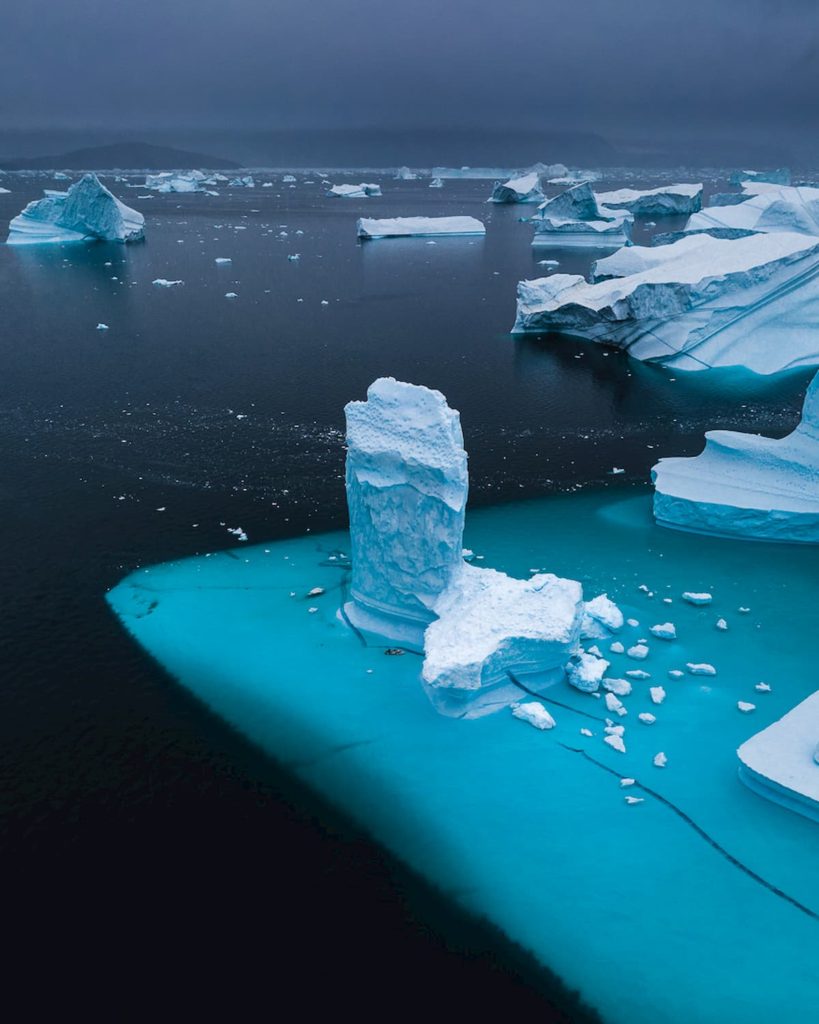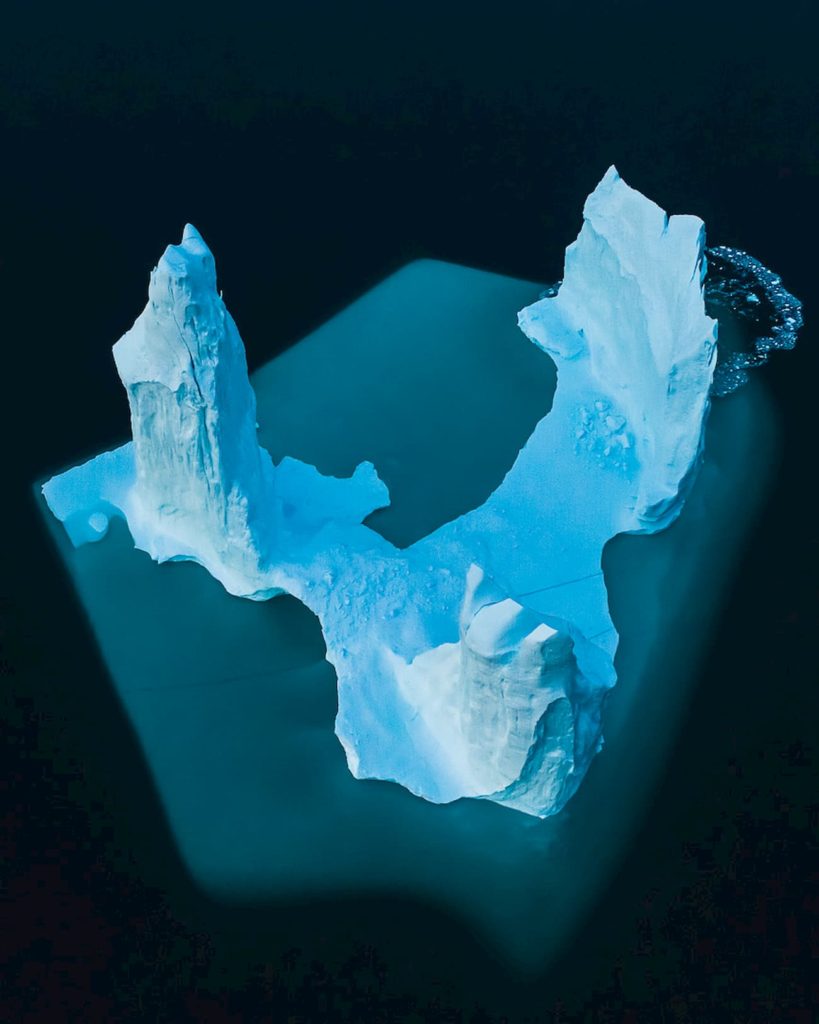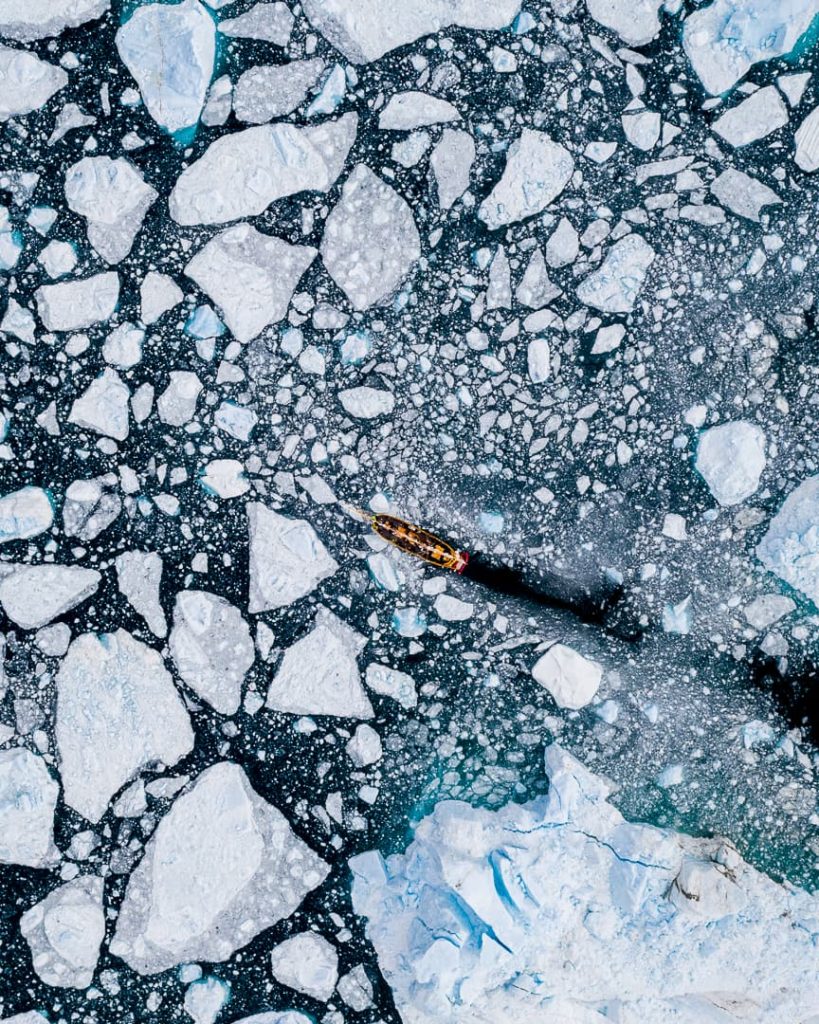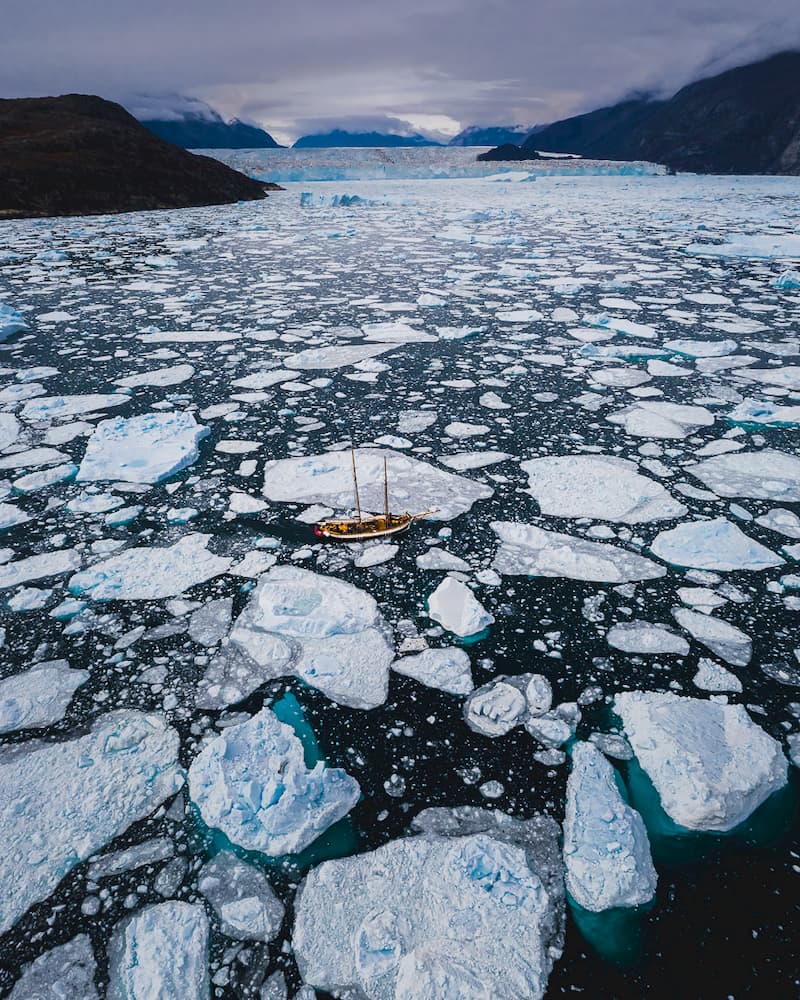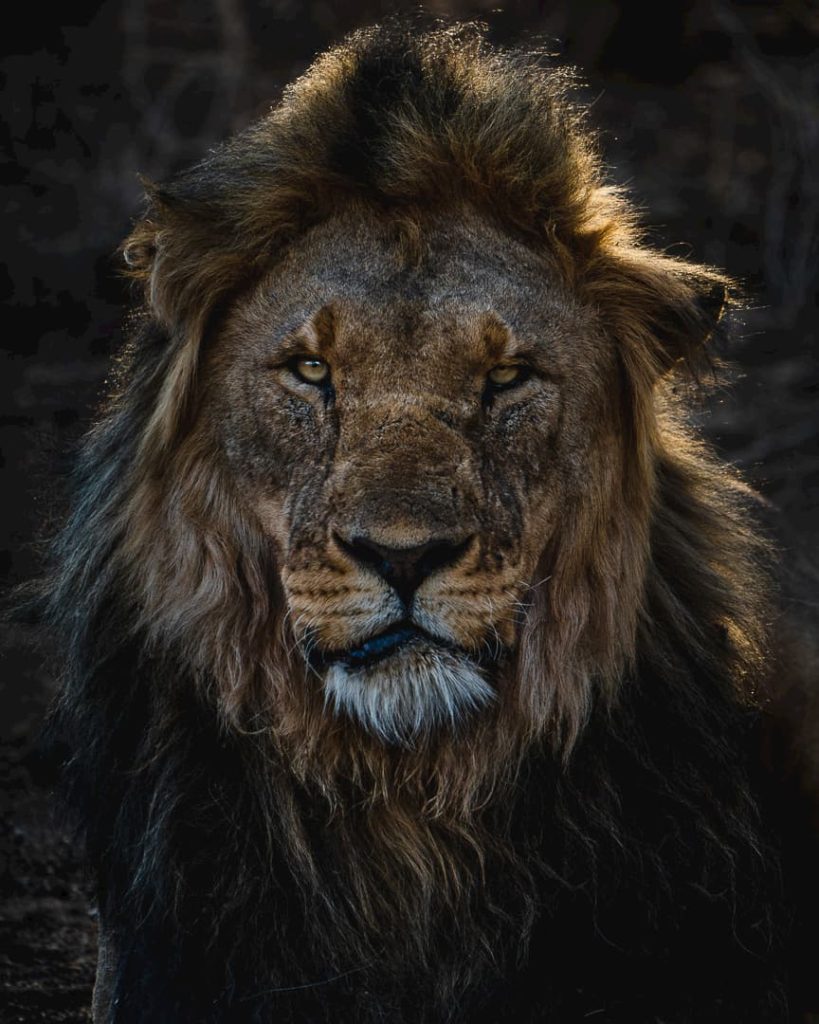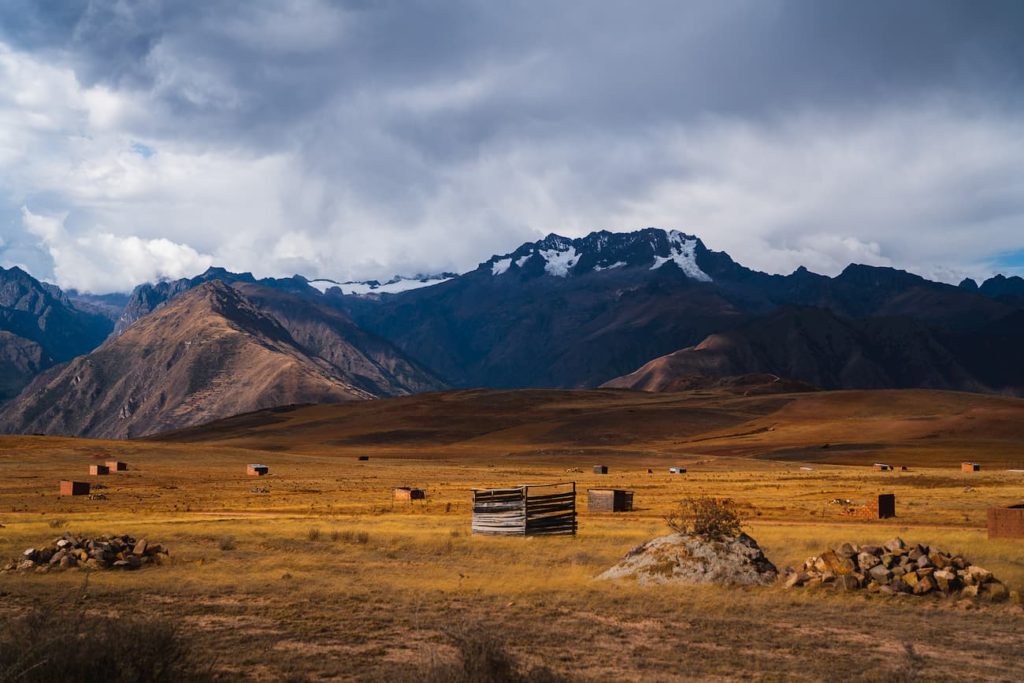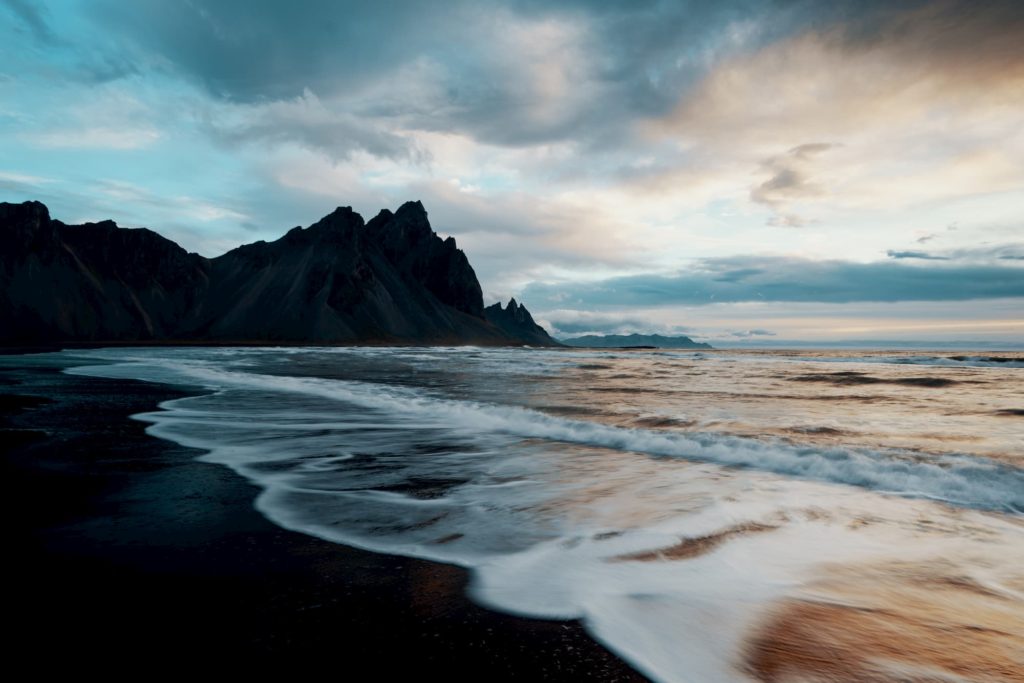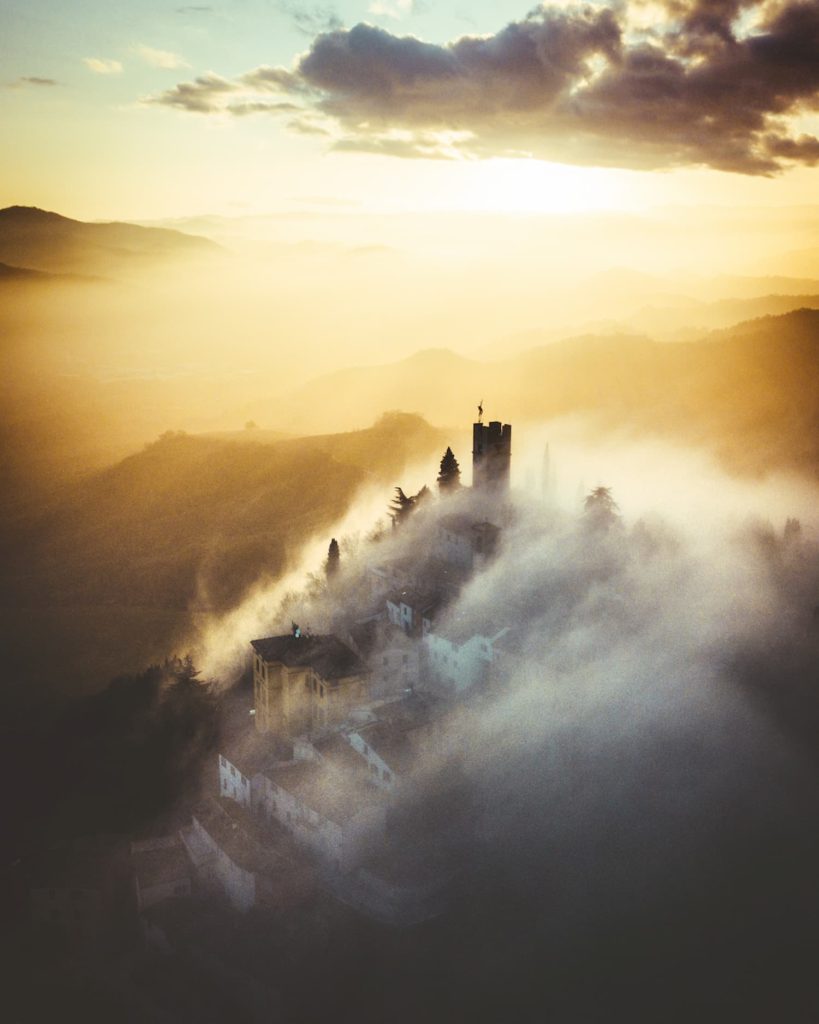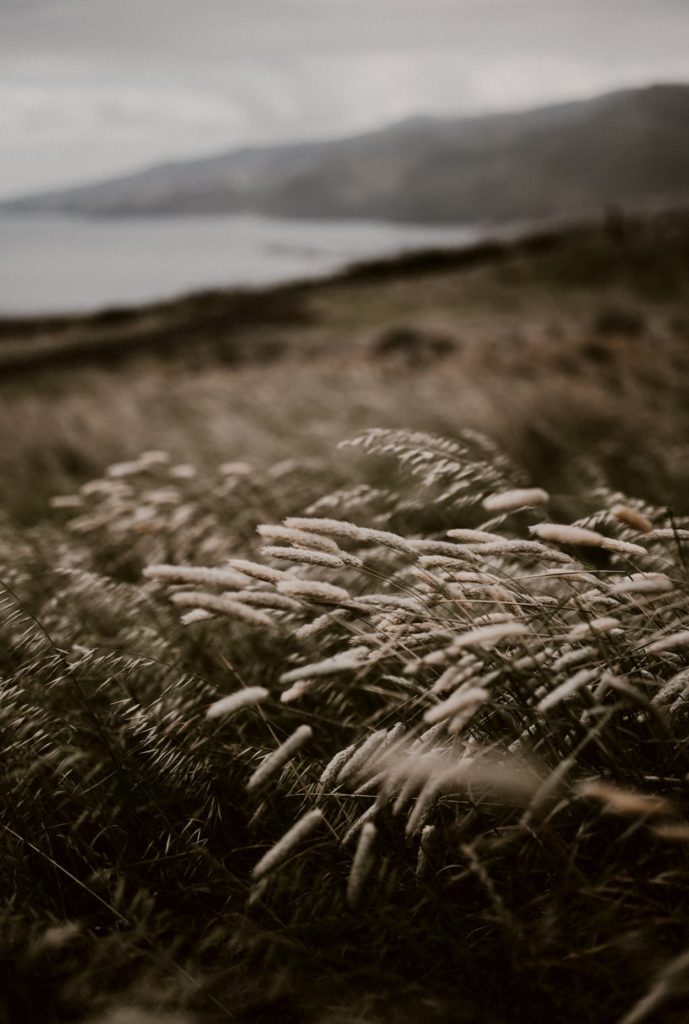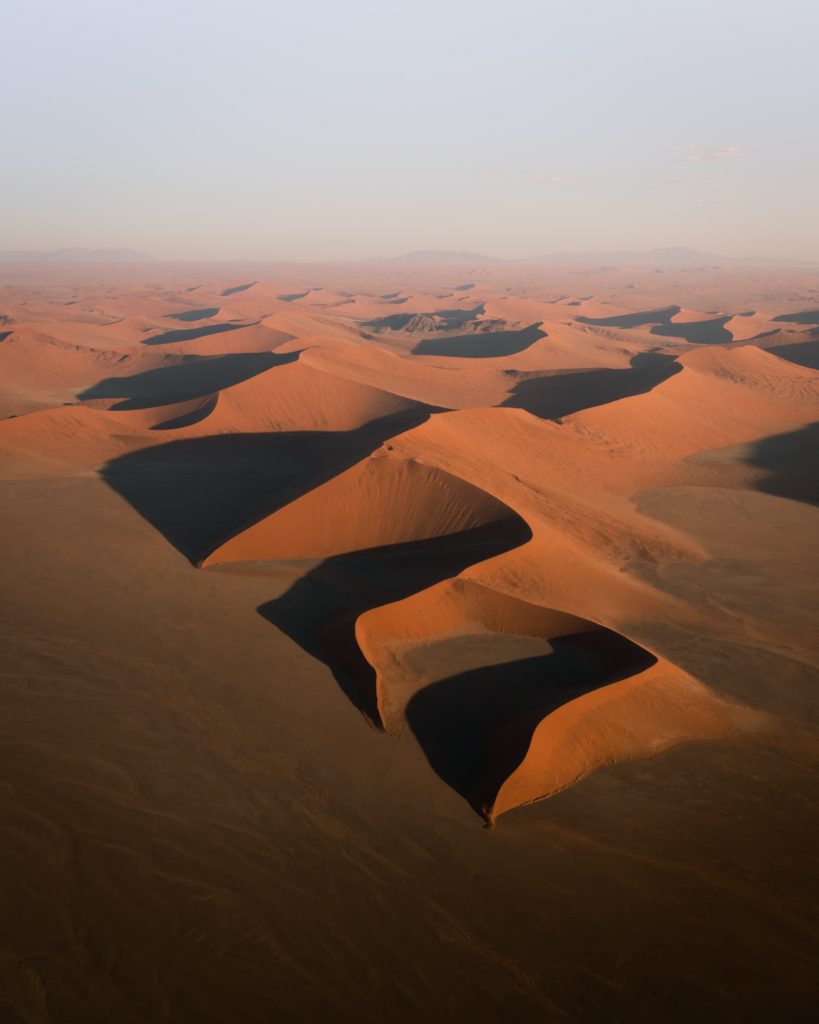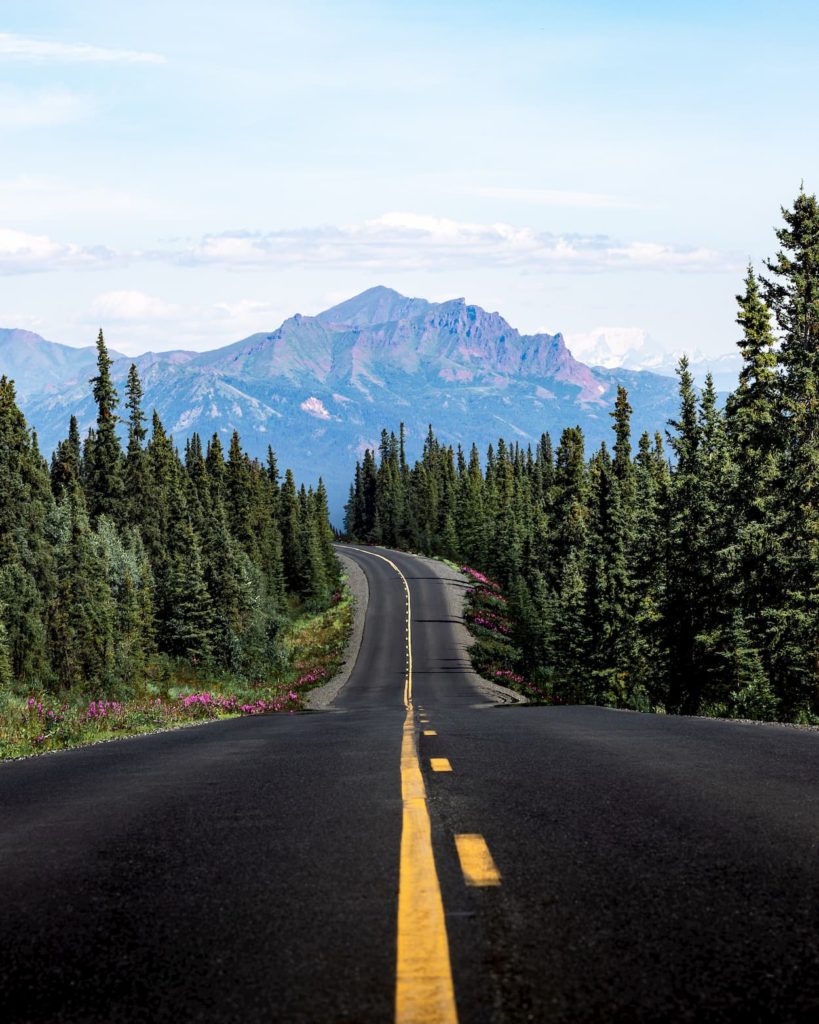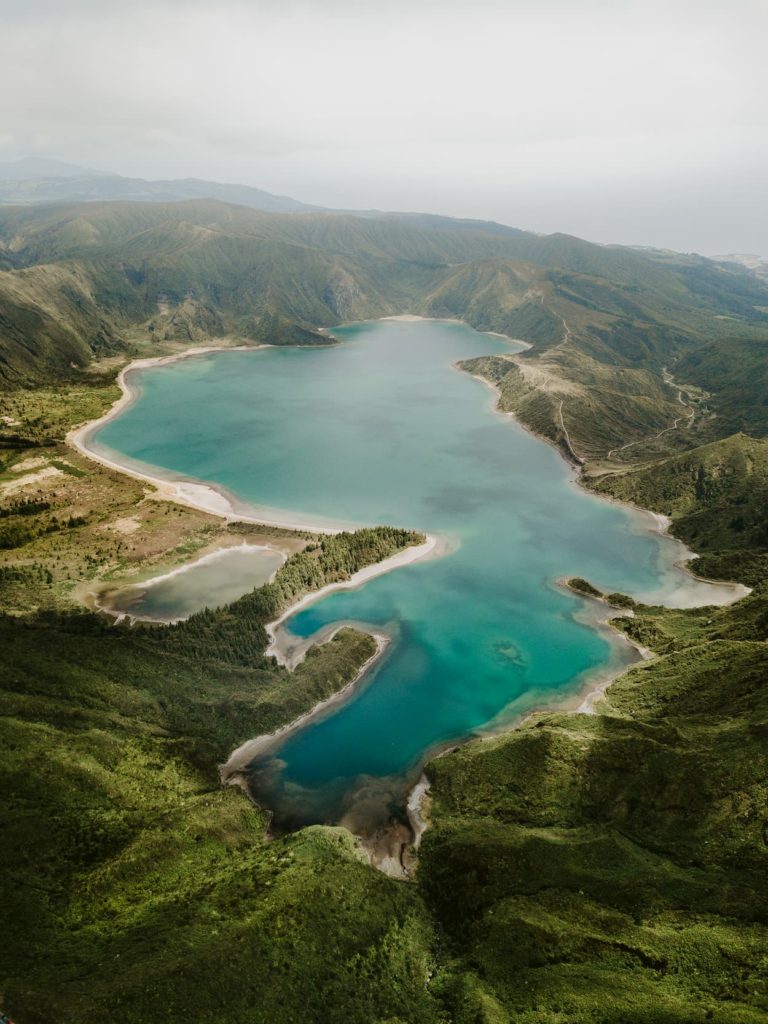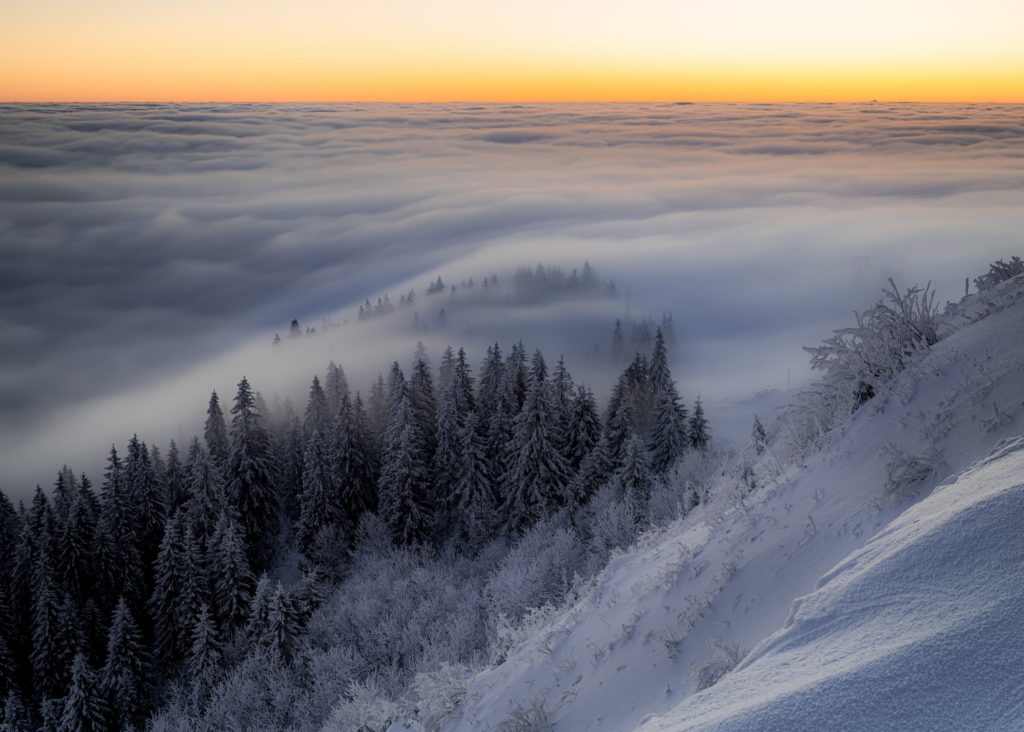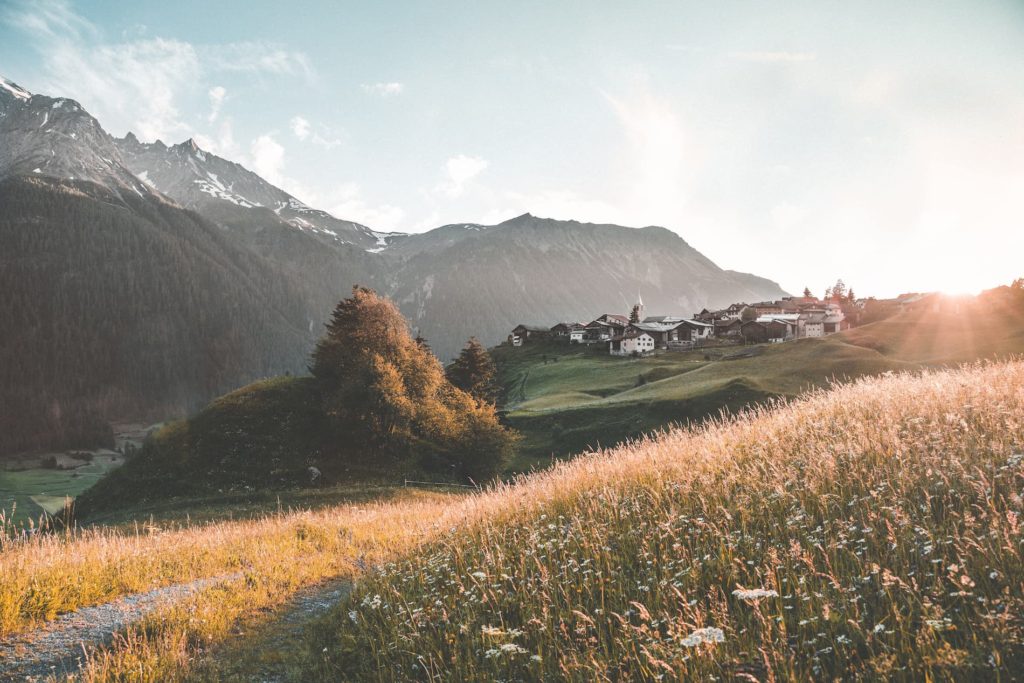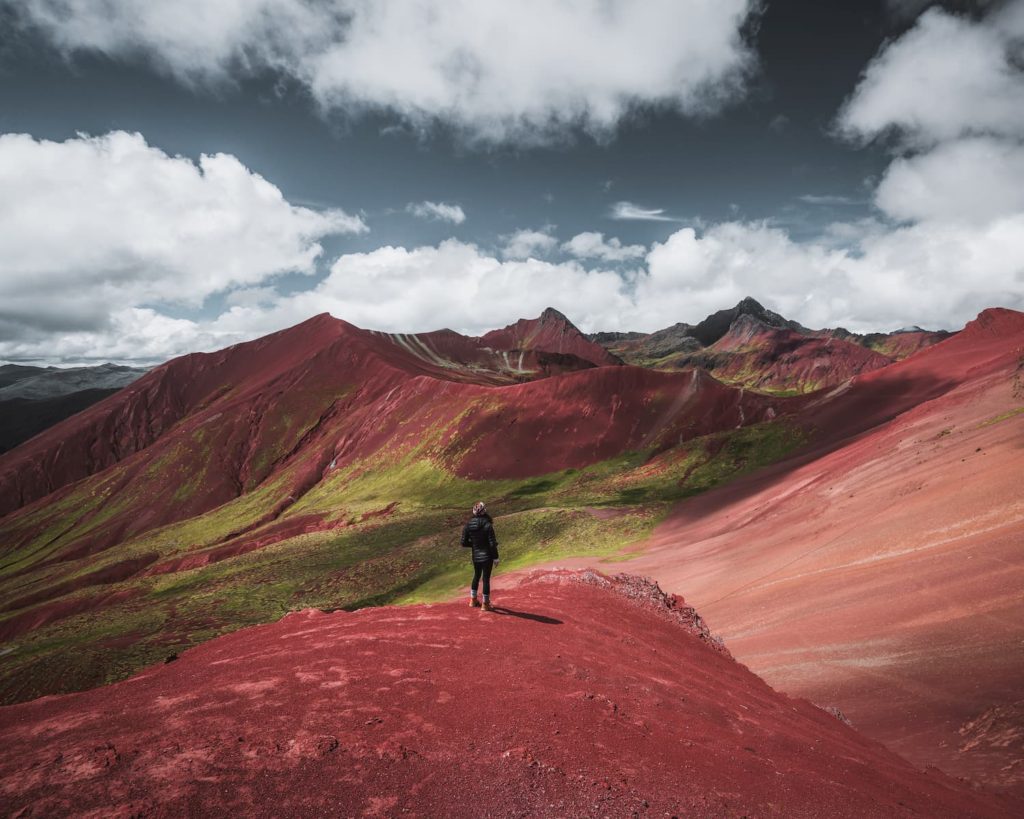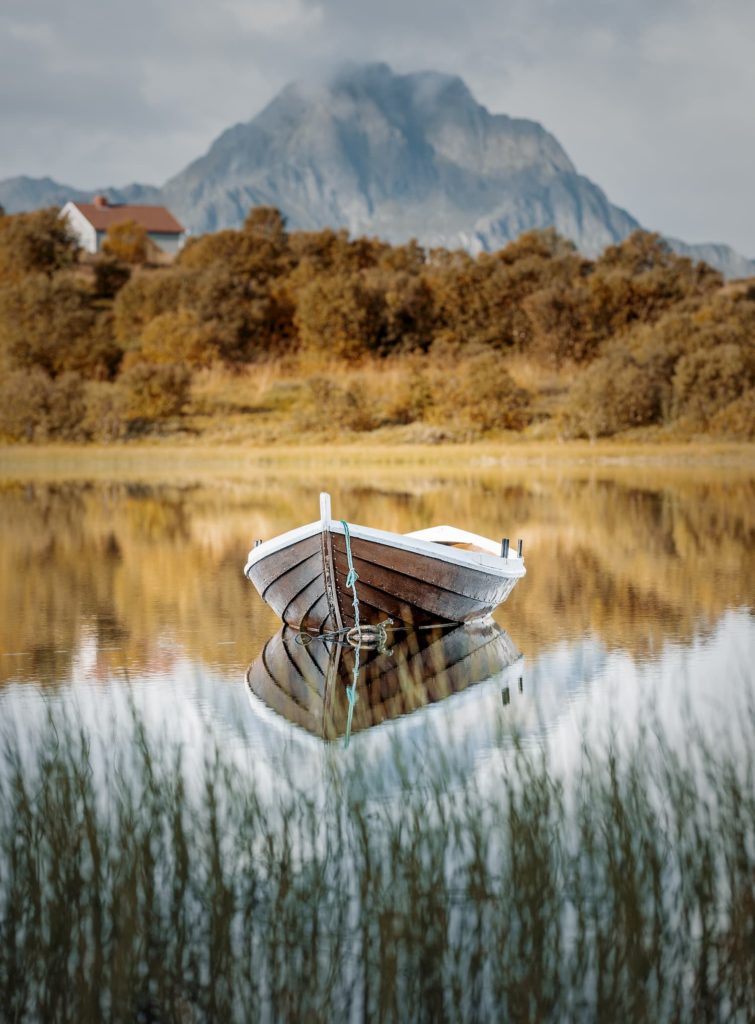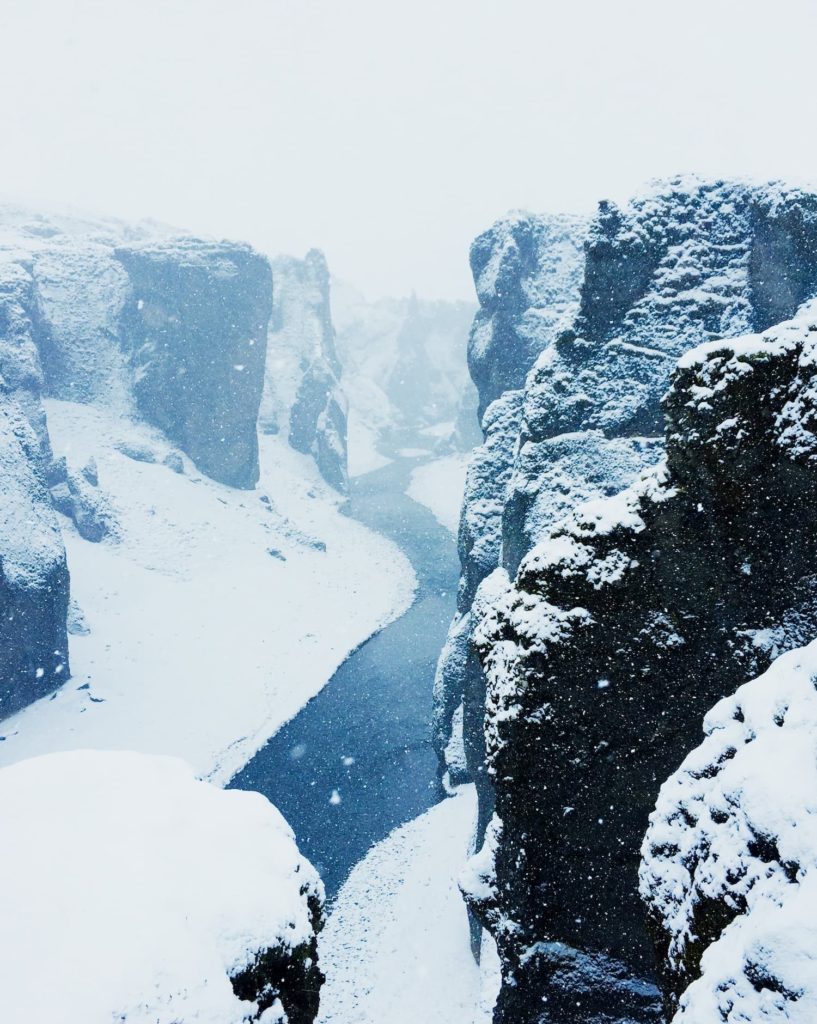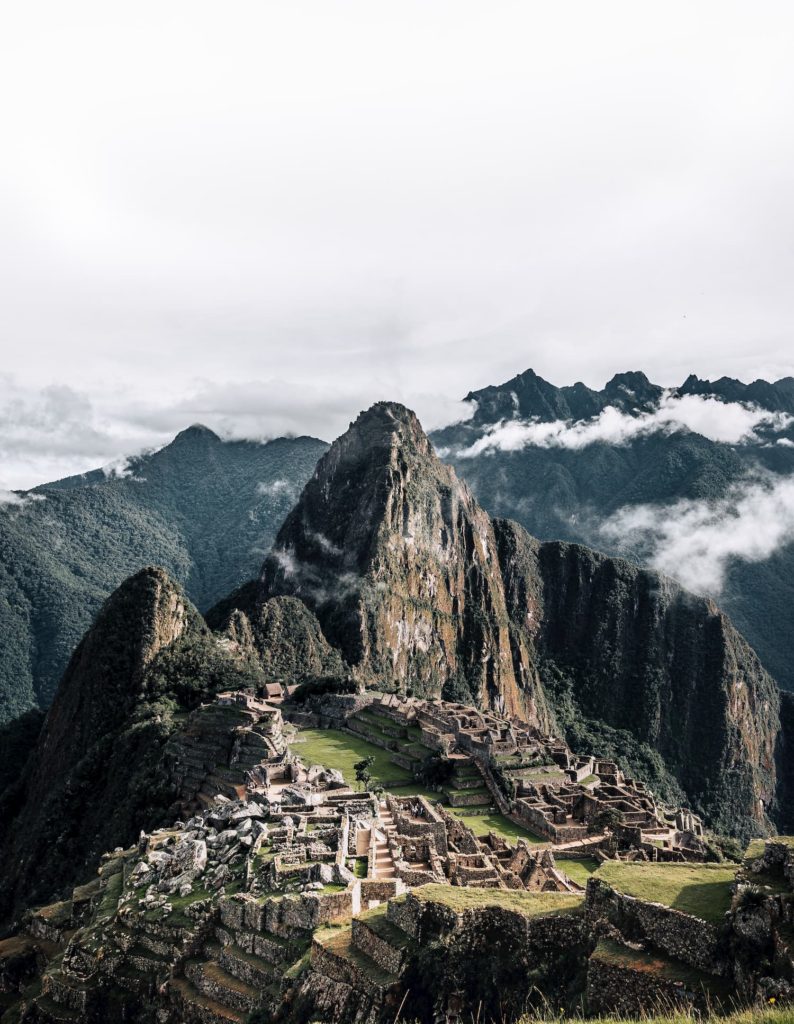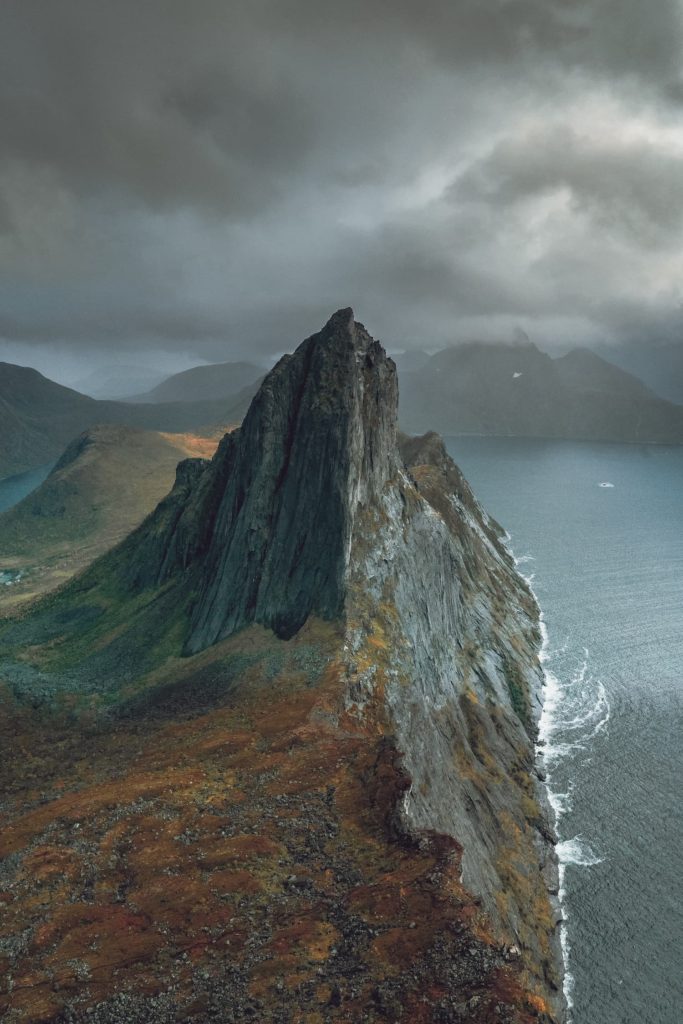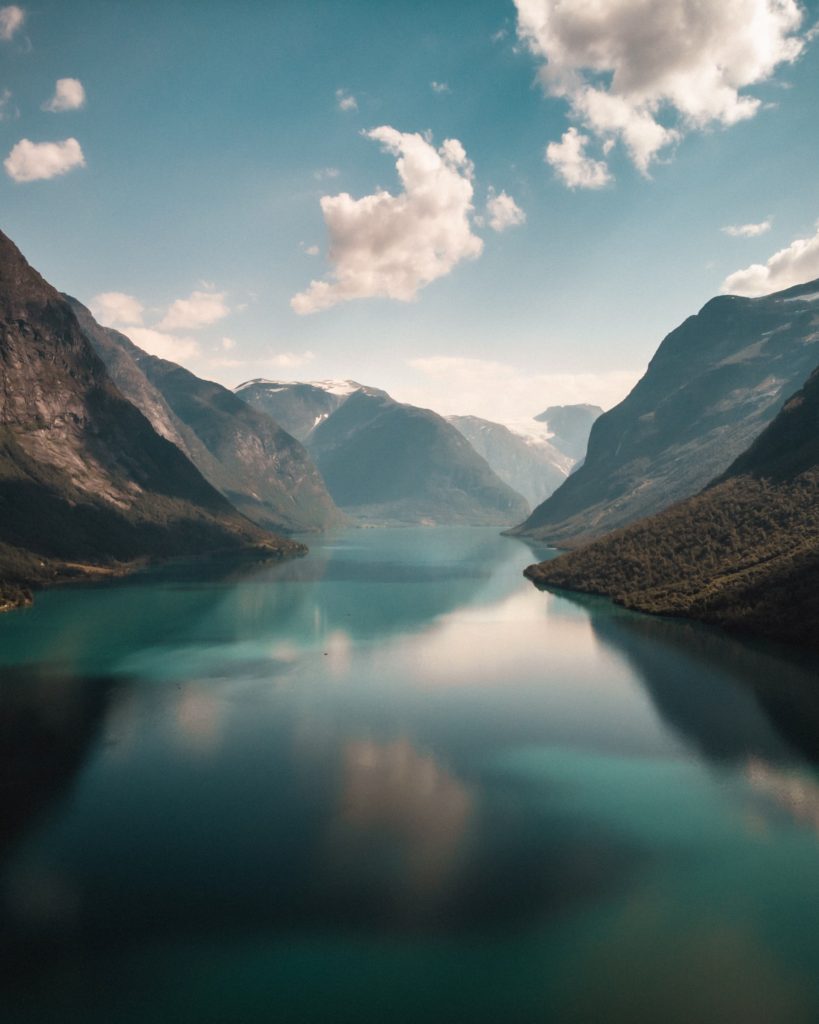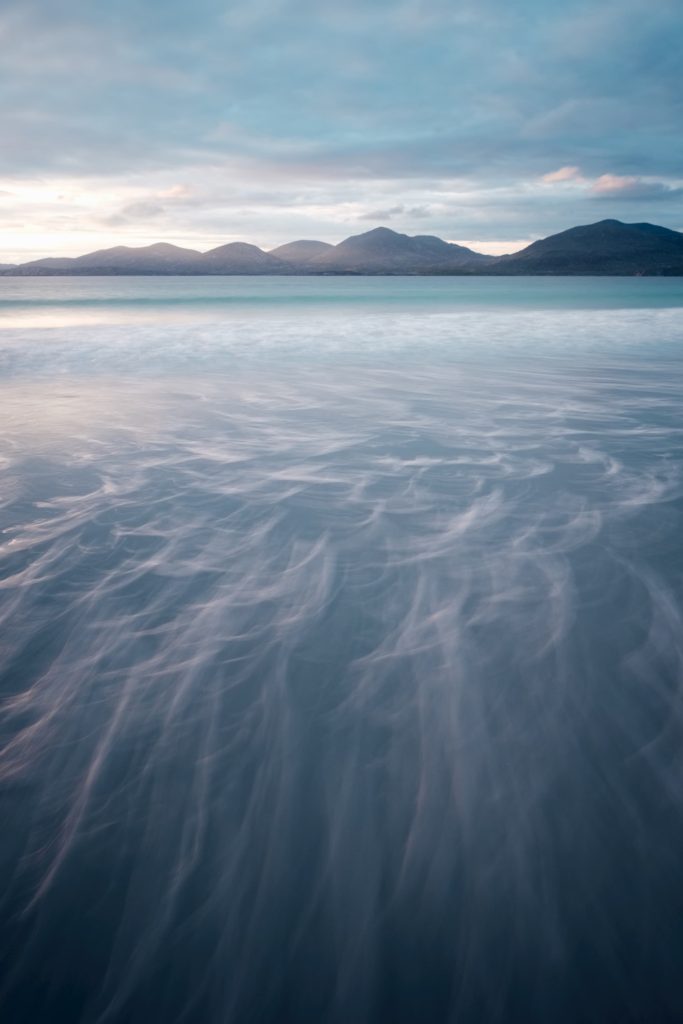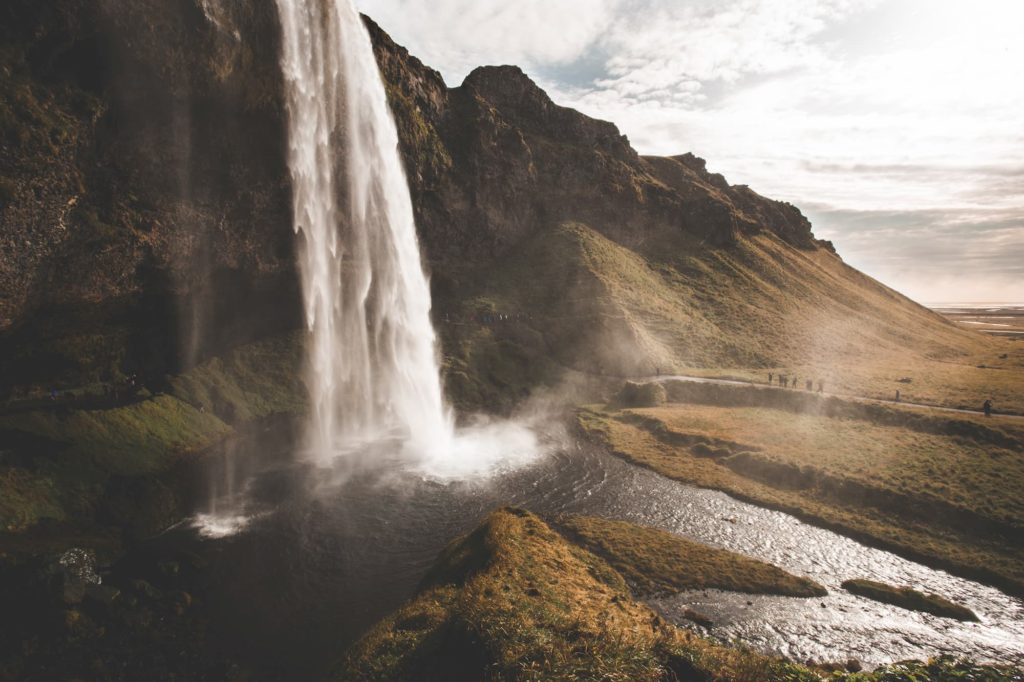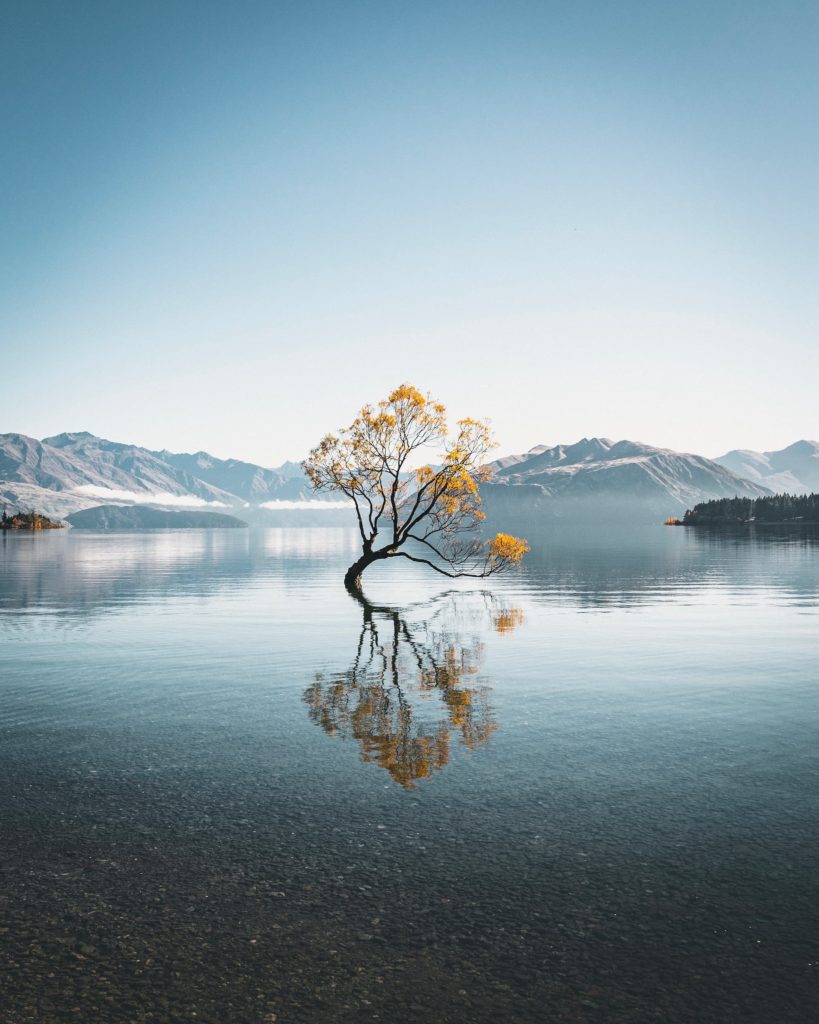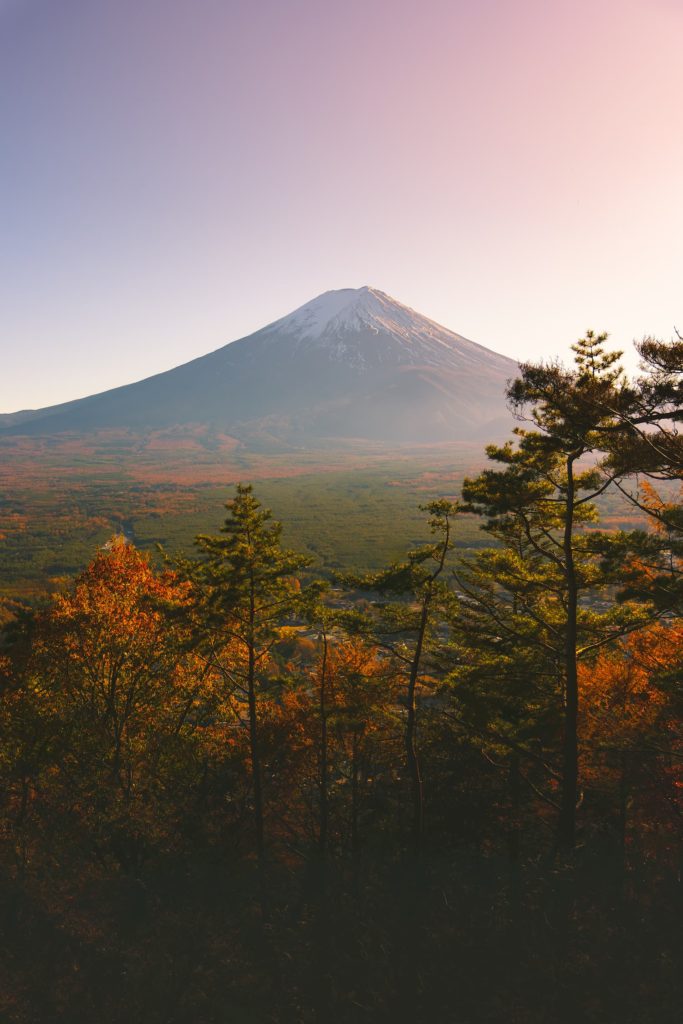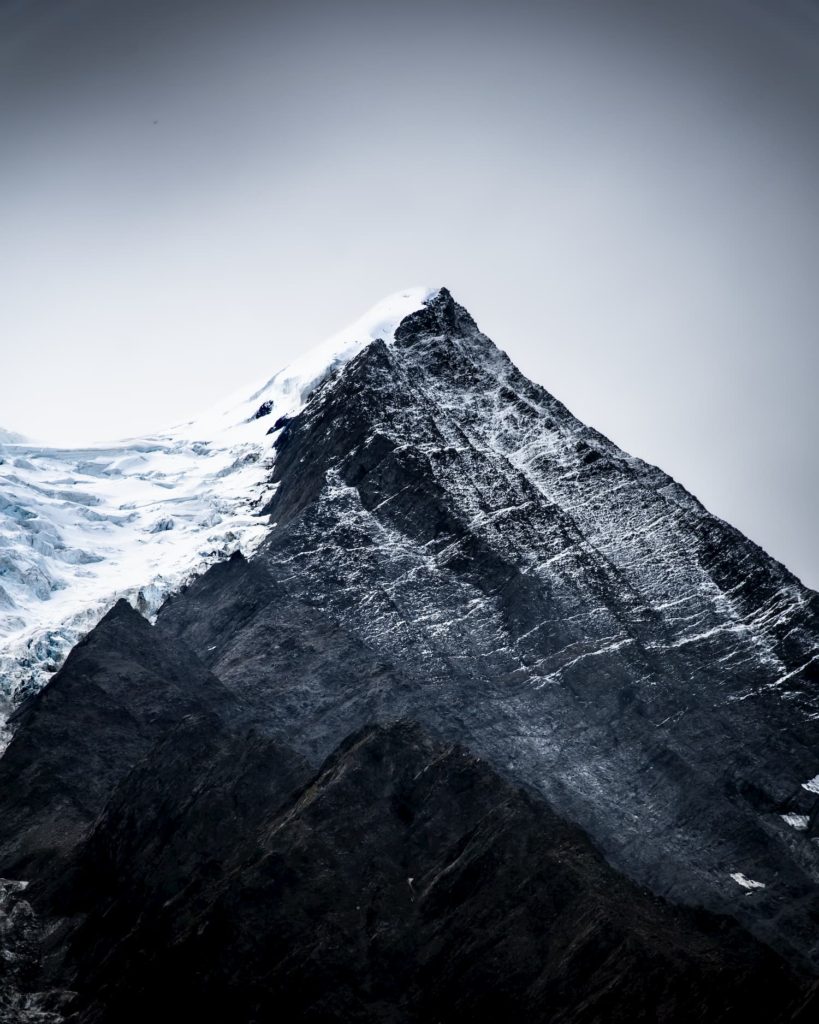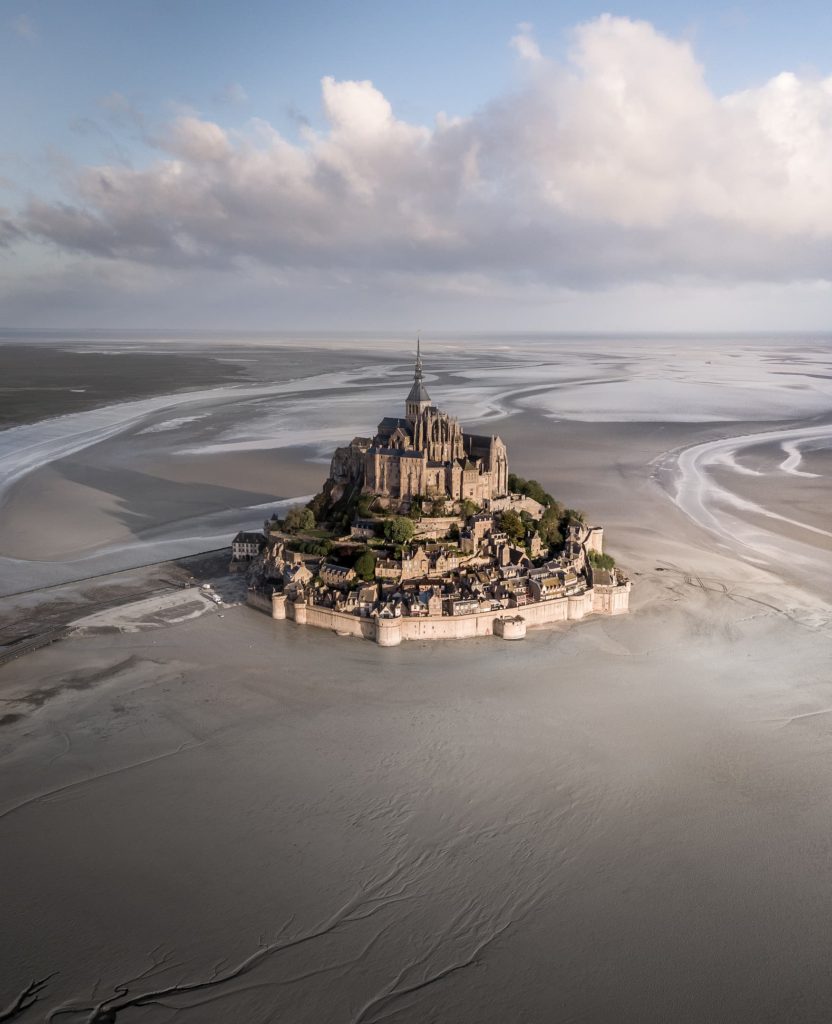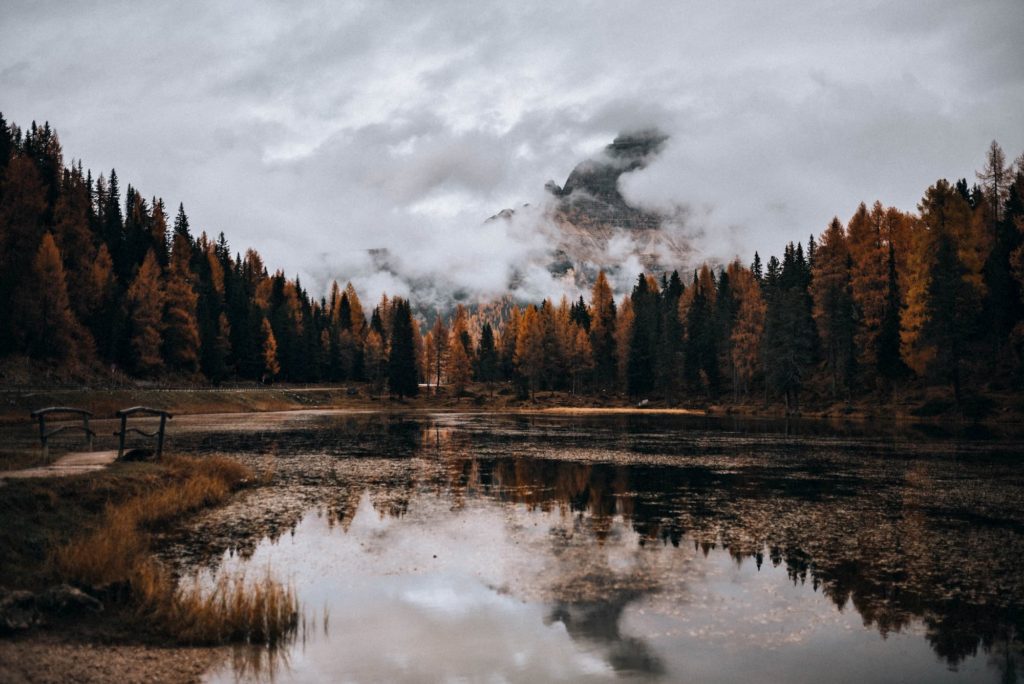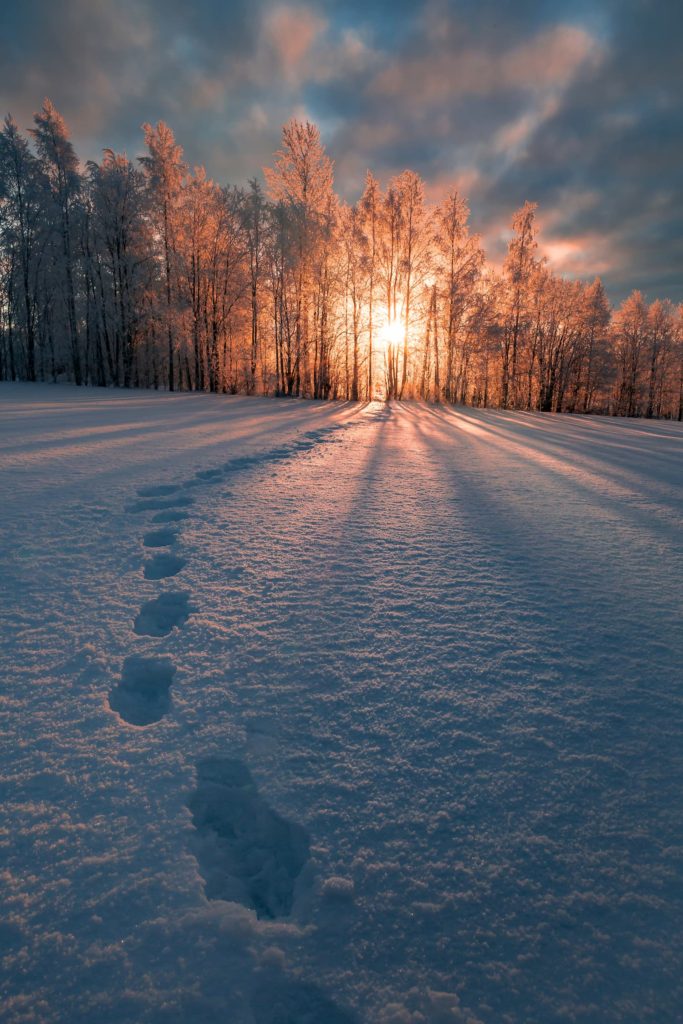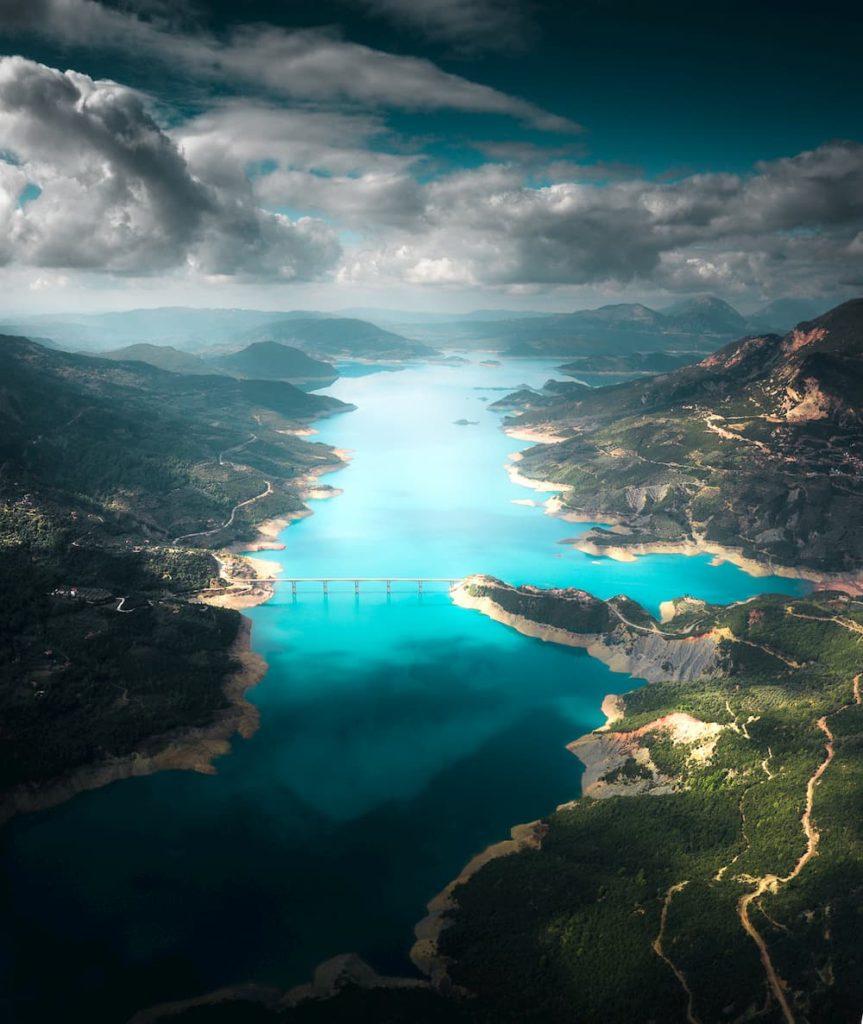
Max Stanley
@m4xms
Landscape photographer based in England
As a child, I spent a fair amount of time travelling back and forth between Hong Kong and London visiting relatives. There are obviously large differences between Eastern and Western cultures and I adapted to Hong Kong quite easily because it’s similar to London in terms of being very multicultural. It’s fascinating to experience cultures so different from your own that you can’t help but want to see more. I guess that’s what’s stuck with me as I’ve grown up, and has more than likely contributed to my love for travel and exploration.
"Photography wasn't something I grew up with; I've always been passionate about art, and within the last few years especially, social media has played a large role in my pursuit of photography."
The moment that significantly impacted my journey to becoming a photographer was a photo I had taken of a goldfish sculpture hanging from the ceiling in a shopping centre. This became my first Instagram post. (It’s still there on my feed if you scroll back far enough). That was also the moment I decided to post one photo a day just using my phone. I liked the convenience of carrying a camera in my pocket and didn’t like hauling around anything heavier. This went on for four years before I eventually picked up a “real” camera in order to push my photography further.
When I first started photography, I think I just wanted to share cool pictures of places I’d visited. As my experiences have grown, I’ve met plenty of amazing people and have come face-to-face with many issues the world is experiencing – it’s very different from sitting at home and watching a David Attenborough documentary from the comfort of your own sofa.
Creating with that goal in mind gives a deeper meaning to my work. Photography is escapism for me. It’s an excuse to travel, to see new countries, to experience different cultures, and to learn more about the planet we live on and the impact we are having on it. And if I can capture memories of my moments along the way, inspire others to do the same, and share what I’ve learned, then I’m happy.
I feel like I don’t have a particular niche; I always carry my camera with me because big cities are just as breathtaking to me as sweeping, panoramic landscape views atop a mountain. In order to avoid burnout from capturing landscapes all the time, I recently started photographing wildlife and portraits. Human or animal, so much emotion can be conveyed through the eyes, and I love capturing that emotion.
It’s easy now to see amazing photos from so many talented photographers around the world and to draw inspiration from that. But it’s also very easy to end up suffering from imposter syndrome; you compare your photographs to other photographers’ work and feel that yours aren’t good enough. I like to travel with an open mind; I’m there to experience the moment for myself and share things from my own point of view.
"A particular experience that comes to mind was last year sailing and living on a boat in the East Greenland Fjords."
One day we were navigating through icebergs cast off from a nearby glacier and all you could hear was the cracking of ice all around us, no other sounds at all. And then suddenly a loud crash cut through the stillness as tons of ice plunged from the glacier into the water below. It was a mixture of feelings, honestly. The feeling of being so far removed from civilisation in one of the most remote locations on the planet, coupled with the awe of seeing the effects of global warming first-hand was a sobering experience.
Another photo that is special to me is one that I took of the sunset in Namibia over the Namib desert, accompanied by a couple of my close friends. I was hanging outside a helicopter to get a shot of the view behind us. I wouldn’t say it was necessarily serene or peaceful with the helicopter blades spinning above my head, but looking down at the desert stretching away from us in all directions just brought me a sense of calm.
Even though I grew up travelling, camping and hiking were never really my go-to choices when deciding on destinations. However, I realised that I needed to push myself out of my comfort zone in order to grow both as a photographer and as a person.
"No one ever takes a photograph of something they want to forget."
Would you like content like this sent to your inbox?
MUST READ STORIES OF JUNE
MUST READ STORIES OF MAY
MUST READ STORIES OF APRIL
MUST READ STORIES OF MARCH
MUST READ STORIES OF FEBRUARY
MUST READ STORIES OF JANUARY
NOMADICT
ART GALLERY
THE LATEST STORIES
WRITEN WITH PASSION TO INSPIRE YOU
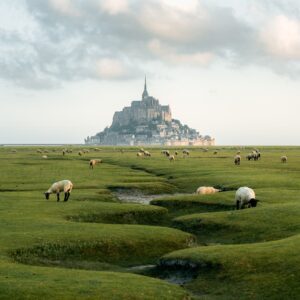
Simon Hechtbauer (@roamwithsimon): Best of the Week 32 at #nomadict
Simon shares the journey behind his photography, from early inspirations to field techniques, editing, and the story of the winning shot that shaped his path.

Miroslav Maršík (@miromarsik): Photographer based in Czech Republic
In this article, Miro shares how his love for cinematic music evolved into a deep passion for photography and how he uses light, color, and atmosphere to turn the streets of Prague into living film scenes.

Aurora photography panorama workflow: A guide to camera settings, editing, and color
In this article, Stefanie reveals how her background in physics sparked her passion for astrophotography and how she blends science with creativity to capture the beauty of the night sky. Readers will discover her approach to color, contrast, and editing, as well as her aurora photography workflow.

Yhabril (@yhabril): Best of the Week 33 at #nomadict
Spanish photographer Yhabril captures the profound connection between humans and the mountains that shaped him. Growing up in the Pyrenees, his work bridges outdoor sports, landscapes, and celestial scenes — often blending athletes, moonlight, and wilderness into striking visual stories.

Ariane Totzke (@besondersschwierig): Photographer based in Switzerland
In this article, Ariane shares how photography helped her navigate personal challenges, connect authentically with people and animals, and develop a philosophy rooted in empathy and artistic freedom. Readers will also discover her ethical approach to wildlife photography and her trusted equipment for both camouflage techniques and cameras.

How to photograph Dutch tulip fields: A guide to light, gear, composition, and colors
Discover how to photograph Dutch tulip fields in their most magical light. From choosing the right gear and lenses to mastering composition, color, and aerial perspectives, this guide shares creative techniques to capture the beauty of the Netherlands’ tulips. Learn how light, color grading, and proportion bring emotion into every frame.
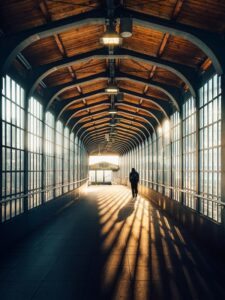
Cinematic city photography: An essential 6-step workflow
In this article, you’ll learn how to read and use light in your home city, choose the right technical settings for low-light scenes, and refine your editing workflow to shape color and atmosphere step by step. In addition, Dominik shares how to find fresh perspectives on familiar locations, five lessons that transformed his photography, and insights on the future of street photography.

Kyle van Bavel (@kylevanbavel): Photographer based in the Netherlands
Kyle van Bavel is a macro photographer with a distinctive, dreamy style that transforms the unseen details of nature into magical worlds. In this article, he shares how his unique vision, shaped by a journey of self-learning and overcoming dyslexia, has become his greatest creative strength.
